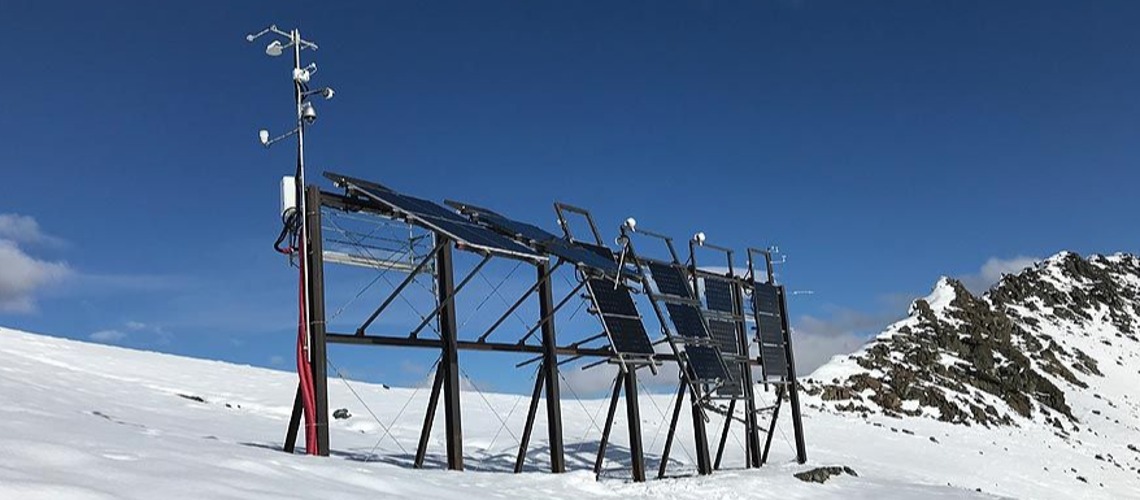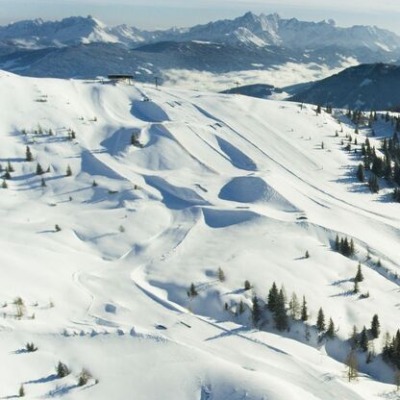ZHAW Zurich University Of Applied Sciences Says ' Photovoltaics In The Alps Provide Up To Four Times More Electricity In Winter'

Alpine solar systems can produce up to four times as much electricity in the winter months as systems in the Central Plateau. This is shown by measurements at a test facility in the Davos-Parsenn ski area, which were carried out by the ZHAW over the last five years.
Many large Alpine systems are currently being planned as part of the so-called “Solar Express”, which are to be funded by the federal government. With regard to the planning of these systems, ZHAW researchers have summarized the most important findings from the measurements at the Alpine test facility Davos-Totalp in a report. Above Davos at 2,500 meters above sea level, the ZHAW's Renewable Energy Research Group, together with the EKZ, has been operating this alpine photovoltaic test facility for more than five years.
Alpine solar systems protect reservoirs
The yield from an alpine solar system is divided roughly equally between the winter and the summer months. The electricity yield in the winter half of the year, i.e. from October to March, is three to four times as much per area as a system in the Mittelland. According to ZHAW researcher Jürg Rohrer, the particularly high yields in April and May are also a major advantage. In these months, alpine solar systems achieve their highest monthly yields and the reservoir levels are relatively low. “In this way, they can make a significant contribution to security of electricity supply,” says Jürg Rohrer. “The construction of alpine solar systems can protect the reservoirs and therefore also make fossil reserve power plants superfluous, for example.”
Best in a southern orientation
The measurement results provide practical instructions for planners of alpine solar systems. It makes sense to build these systems on south-facing slopes with the modules facing south. If the modules are tilted between 60 and 90 degrees, the losses caused by any snow cover can be practically ignored because the snow slides off quickly. The angle of inclination of the modules influences when the yield is highest: Vertical modules with a 90 degree inclination angle achieve higher yields in the months of December and January than modules with a 60 or 70 degree inclination angle. However, the latter are more productive in the months March to May and in the summer.
According to Jürg Rohrer, Alpine solar systems are intended to complement the photovoltaic expansion on existing infrastructure in the Mittelland and can in no way replace it. “We missed the energy transition and have to expand electricity generation with photovoltaics in the next ten years at least twice as quickly as last year. But more wind energy is also needed and, above all, the huge savings potential should be better exploited. With further research work, ZHAW researchers are currently systematically investigating the influence of distances between rows of modules on the electricity yield of large-scale Alpine systems. Corresponding results are expected in summer 2024.
www.zhaw.ch














